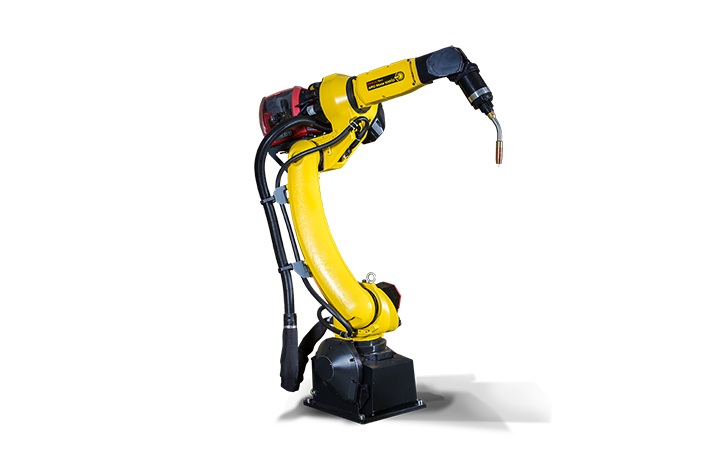
Painting is a critical coating process that provides both protection and aesthetic appeal to surfaces. By adhering to the substrate, paint shields it from mechanical and chemical effects while enhancing its visual appeal. Paint comprises several key components: a solvent (water or chemical-based), resin, pigment, additive, and filler. During the drying process, the solvent evaporates, leaving behind a durable and decorative coating. High-quality paint typically contains high adhesive and pigment content with minimal additives.
Composition of Paint
The primary naming of paint is derived from its adhesive (resin) component. Resins, which are sharp-smelling, viscous, and often transparent, provide critical properties such as adhesion, crack resistance, and durability. Pigments, classified as organic, inorganic, or special, are fine particles responsible for the paint’s brightness and opacity.
Classification of Painting Systems
Industrial painting systems can be categorized into two main groups:
Powder Coating Applications
Liquid Paint Applications
Solvent-based
Water-based
Each system involves three fundamental stages: surface preparation, painting, and drying.
Surface Preparation
Surface preparation is essential for achieving optimal paint adhesion. This process removes dirt, grease, and moisture, with specific methods tailored to the material type. Examples include:
Steel: Sandblasting
Aluminum: Brushing
Plastics: Flame treatment
Painting Techniques
Painting methods can be grouped into four primary categories:
Brush Painting: Traditional and manual, relying on operator skill.
Dip Method: Parts are submerged in paint, and excess paint drains off.
Curtain Flow Method: A curtain-like flow of paint coats surfaces that pass underneath.
Spray Method: Includes sub-methods such as air, airless, and electrostatic applications.
Spray painting, whether manual or automated, is the most versatile and widely used method. Manual applications rely on visual inspections, while robotic systems leverage pre-set parameters for consistent results.
Parameters Affecting Painting Quality
Paint Pressure: The selected pump must provide sufficient pressure and flow rates to match the system’s requirements.
Viscosity: This directly impacts paint adhesion. High viscosity can hinder smooth application, while low viscosity may result in dripping.
Density: Maintaining consistent density is crucial for uniform application and overall quality.
Environmental and Equipment Considerations
The painting environment significantly influences outcomes. Critical factors include:
Temperature and Humidity: High relative humidity (>80%) degrades paint quality.
Ventilation: Proper airflow prevents defects caused by overspray accumulation.
Equipment: Explosion-proof systems are required for solvent-based paints, while abrasion-resistant tools are necessary for enamel spray applications.
Common Painting Defects
Several factors contribute to defects in painted surfaces:
Running or Excessive Accumulation: Caused by low viscosity or high material flow.
Orange Peel Effect: Results from improper atomization pressure or high viscosity.
Overspray: Caused by rapid drying or inadequate wetting of the surface.
Cratering: Occurs when paint fails to wet the surface due to high surface tension or contamination.
Advancements in Robotic Applications
Robotic painting systems offer numerous advantages, including:
Uniform coating thickness
Reduced material and air consumption
Shorter processing times
Minimized health risks for operators exposed to solvent-based paints
By continuously monitoring and adjusting parameters such as paint pressure, viscosity, and cabin conditions, robotic systems ensure consistent quality while reducing defects and waste.
Conclusion
Industrial painting systems represent a complex integration of chemistry, engineering, and environmental control. Understanding and optimizing paint characteristics, application parameters, and environmental conditions are vital for achieving superior surface quality. With advancements in automation and robotics, industries can now maintain precision, reduce costs, and enhance safety, solidifying the role of painting systems as an indispensable part of modern manufacturing.






